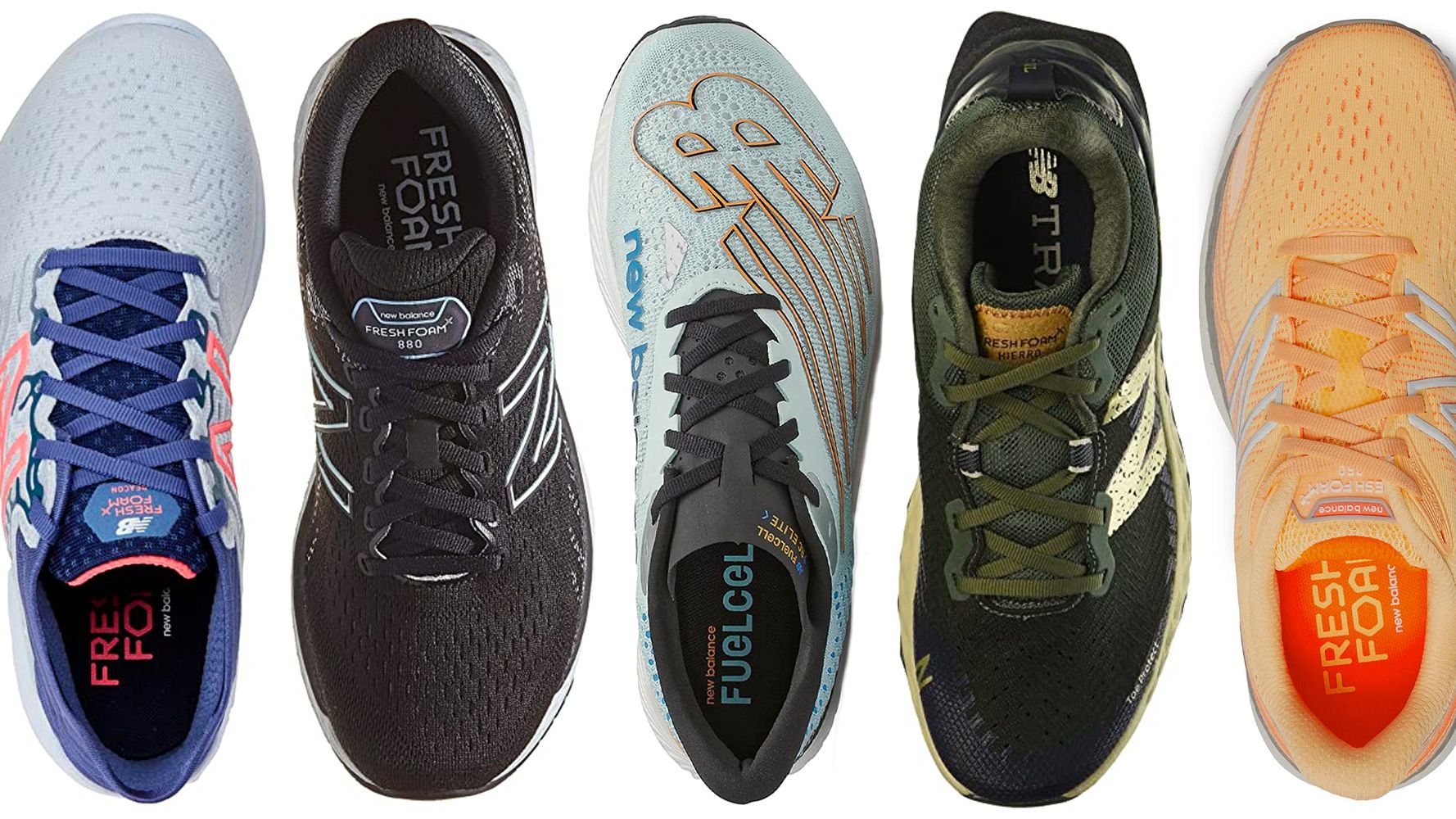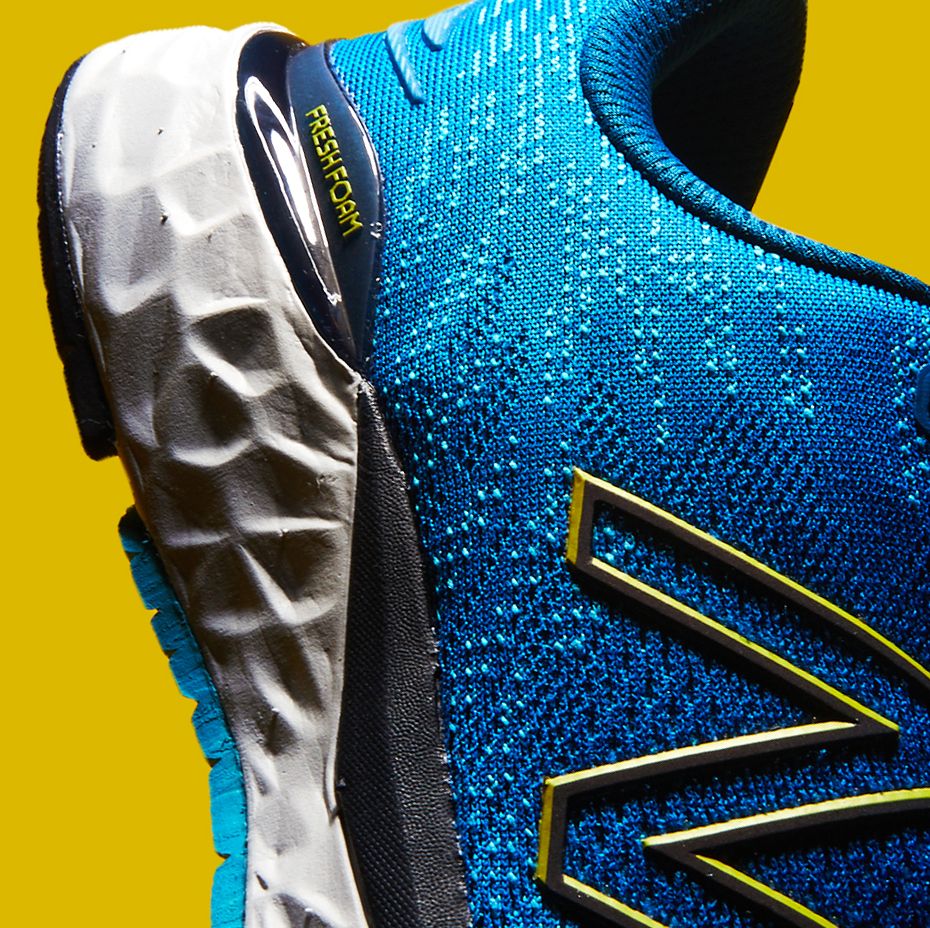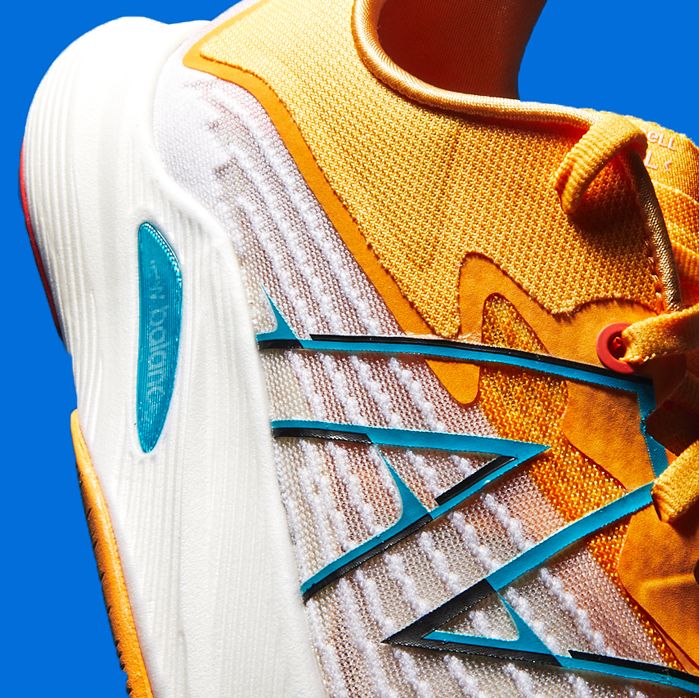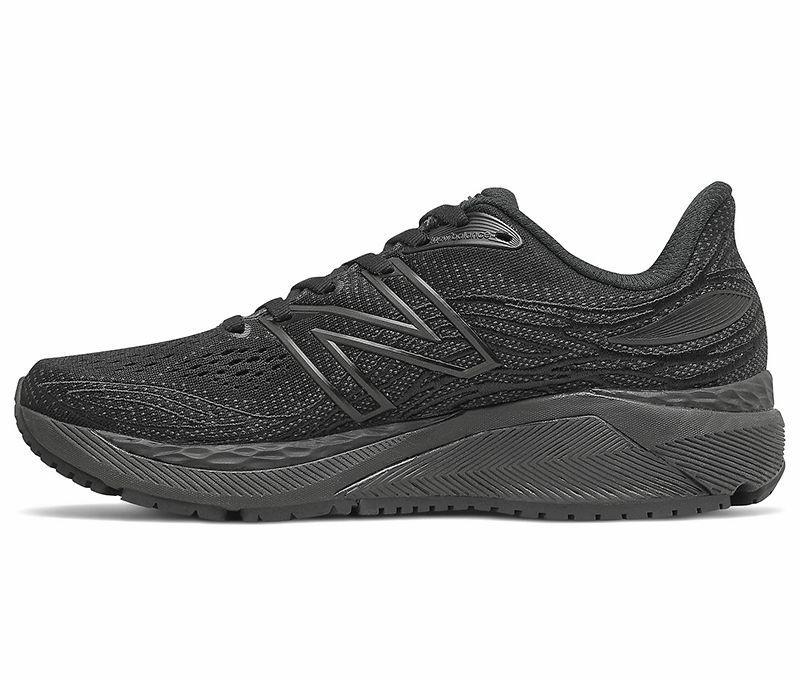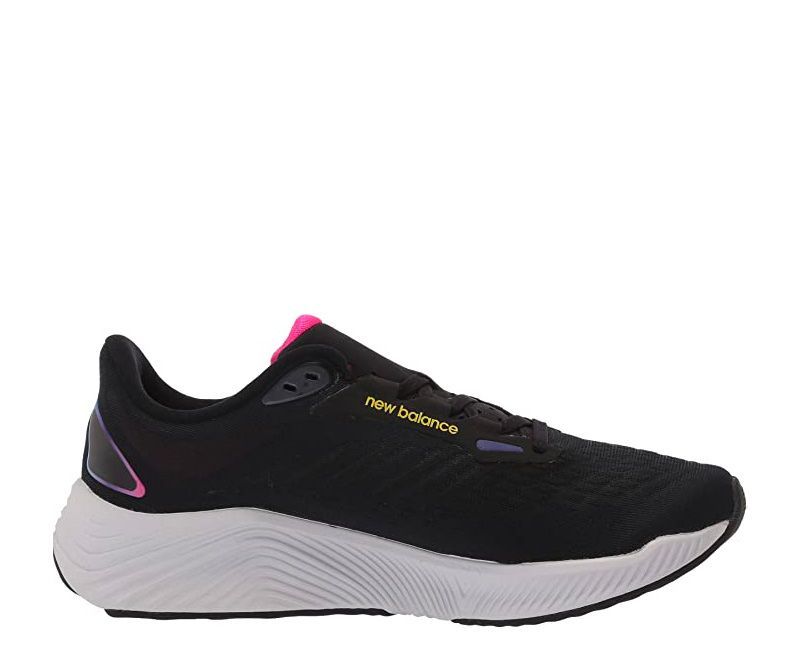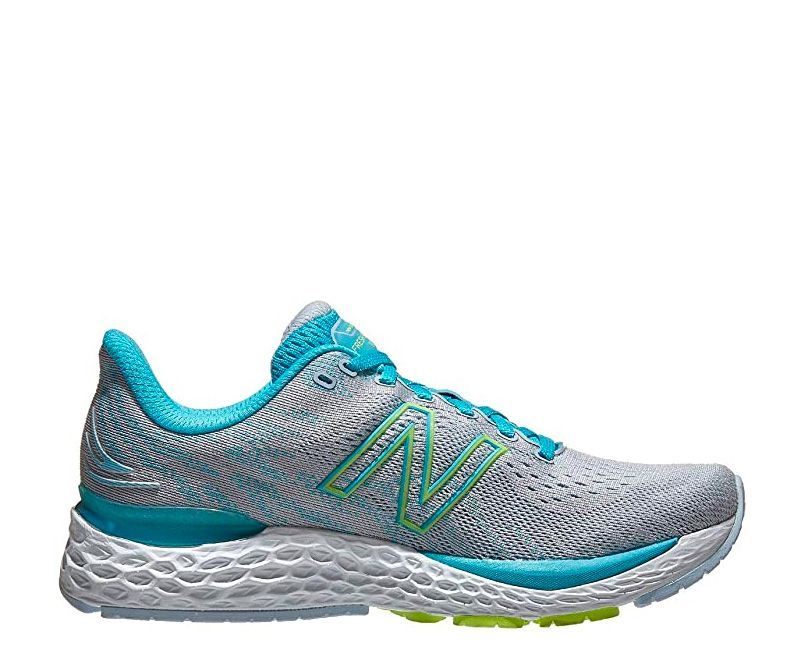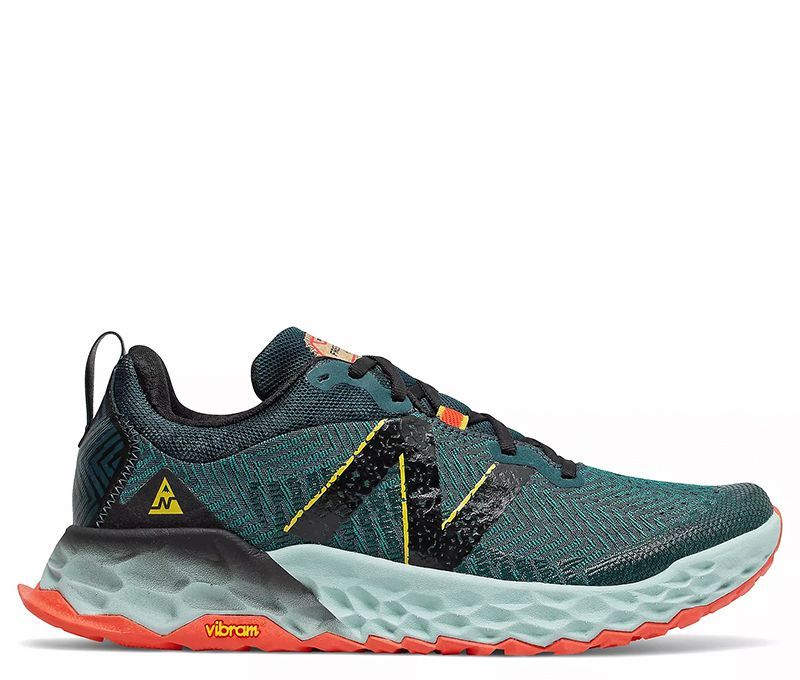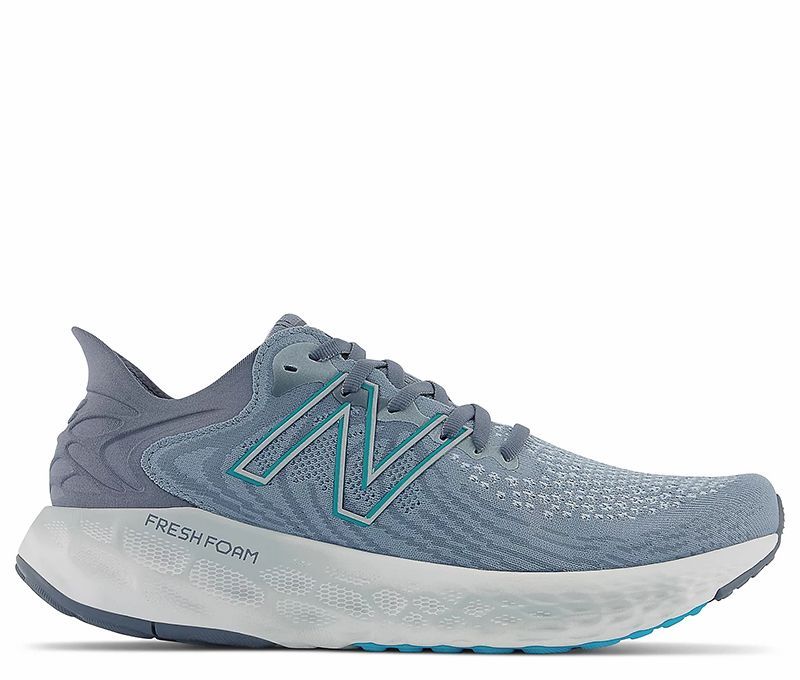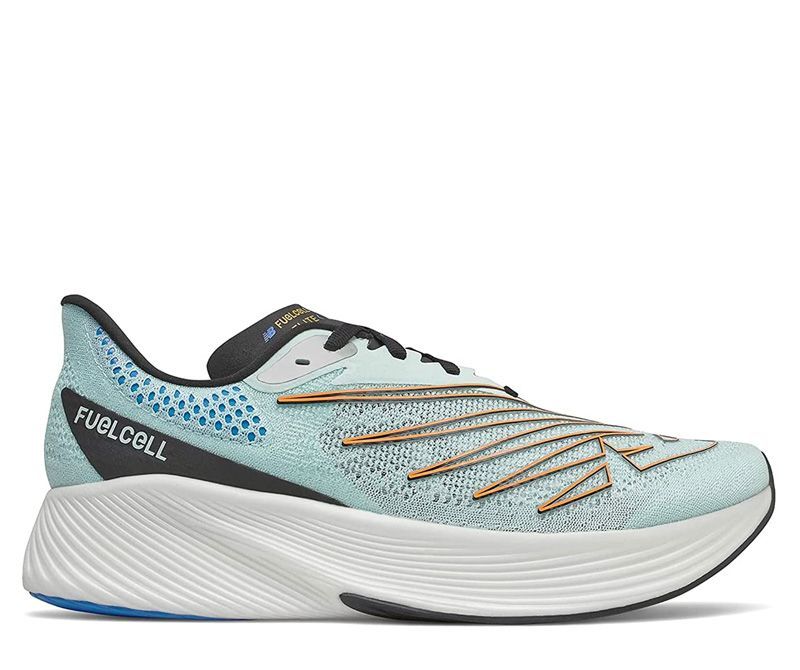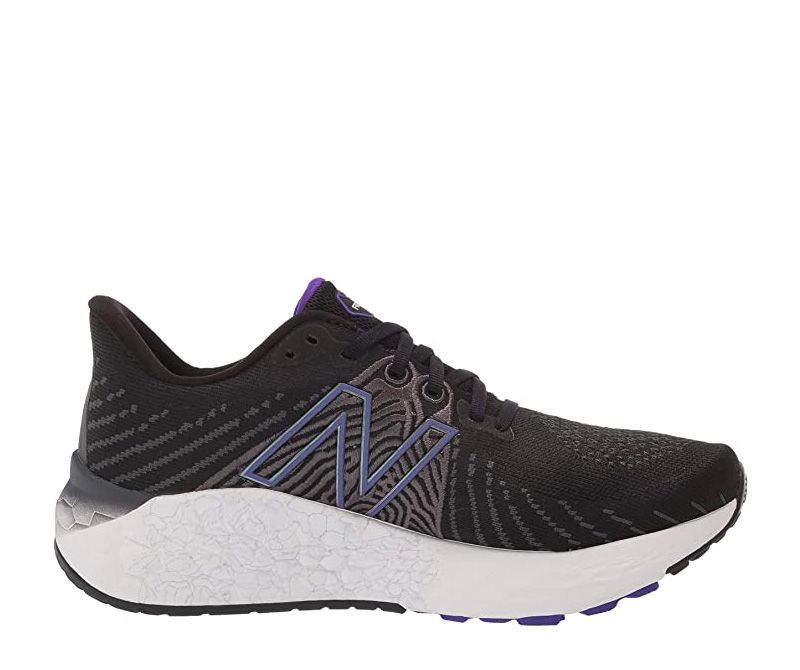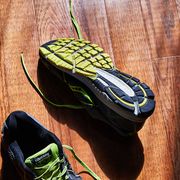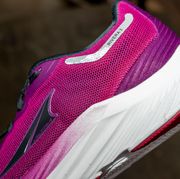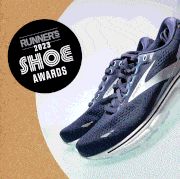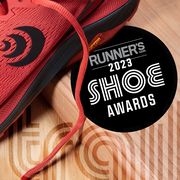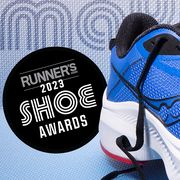New Balance traces its origins back to 1906, when William Riley founded New Balance Arch Company in Boston and began selling arch supports for shoes. The company didn’t make its first pair of sneakers until 1938, but New Balance quickly earned a reputation for high quality. Its first breakthrough came with the release of the Trackster running shoe in 1960, which was designed to fit feet of different widths—a novel idea at the time. By 1976, New Balance’s 320 running sneaker became the No. 1 shoe on the market and cemented the company’s status as a global leader in running.
Best New Balance Running Shoes
- Maximum Stability: Fresh Foam X 860 v12
- Best for Speedwork: FuelCell Prism v2
- Best Daily Trainer: Fresh Foam 880 v11
- Most Versatile: Fresh Foam Beacon v3
- Best for Trails: Fresh Foam Hierro v6
- Maximum Cushioning: Fresh Foam X 1080 v11
- Best for Marathons: FuelCell RC Elite v2
- Best for Long Runs: Fresh Foam Vongo v5
- Best for Uptempos: FuelCell Rebel v2
Engineering the Best
Over the years, New Balance developed top-of-the-line running shoes and committed to manufacturing some of them in the United States (and also the U.K., where it has long maintained a strong presence). The 990, first introduced in 1982, became a groundbreaking model for New Balance with its revolutionary Encap technology. In this shoe, EVA foam in the midsole was encapsulated by a polyurethane shell, which helped the foam keep its shape and bounce over time. The result was a springy, highly durable running shoe that athletes loved. It’s still a popular model today, and one of the main shoes in the company’s “Made in USA” series.
A Fresh Take on Running
Like other shoemakers, New Balance has entered the foam wars by engineering its own proprietary foam—Fresh Foam—that’s used in the sole of many of its top-selling running shoes. The company has also developed several variations on this EVA-based foam, including a softer version (labeled Fresh Foam X) and Fresh Foam Ground Contact, a version that’s tuned for better durability. The latter is used on the Beacon, and it’s tough enough to serve as both a midsole and an outsole, saving weight.
Aside from foam, New Balance has also developed tech to ensure a better fit with its shoes. Ultra Heel is an upper construction featuring a high heel tab that curves away from your ankle, and it’s used on several of the company’s shoes. It’s designed to offer a more secure hold at the back of your foot without irritating your Achilles tendon.
How We Evaluated New Balance’s Running Shoes
Many of the shoes below have been tested by staff here at Runner’s World or our team of over 300 active wear-testers, which includes runners of all ages and speeds living both locally near our Pennsylvania headquarters and across the continental U.S. We put at least 100 miles of running on each shoe to thoroughly assess how it performs. In addition to gathering on-foot impressions, we analyze the data collected from our RW Shoe Lab, where shoes undergo a battery of mechanical tests for energy return, softness, and flexibility. The shoes we’ve selected are the best models currently in New Balance’s lineup.
Weight: 11.4 oz (M), 9 oz (W)
Drop: 10 mm
Although many stability shoes can feel a bit clunky underfoot, the 860 supports a healthy stride without weighing you down, and it makes a great trainer for moderate overpronators. The Fresh Foam midsole cushions impact forces, a medial post counters overpronation, and an Ultra Heel keeps the back of your foot from moving around. The latest version comes with an updated mesh upper featuring embroidery and a double knit construction at the top of the foot for added support. “The Fresh Foam X 860 v12 is a solid option for a go-to daily stability trainer,” RW Test Editor Morgan Petruny says.
Weight: 10.2 oz (M), 7.7 oz (W)
Drop: 6 mm
Speed and stability are two traits that generally don’t go together in running shoes, but the Prism proves you can get both at the same time. “It’s kind of like the Rebel but with a stability post,” Runner-in-Chief Jeff Dengate says. Like its speedy sibling, the Prism features FuelCell cushioning, which saves weight and creates a lively ride. But the addition of the medial post in the Prism’s midsole corrects overpronation and provides support as you run. Although it’s not quite as peppy as the Rebel, it’s a great speed training pick for runners who need extra guidance in their stride.
Weight: 10.2 oz (M), 8.7 oz (W)
Drop: 10 mm
The 880 is everything you want in a workhorse training shoe: It’s built to last, feels comfortable, and delivers a snug fit. After a major update with the v10, not too much has changed on the eleventh iteration. A Fresh Foam midsole delivers a plush feel, the new jacquard mesh upper is optimized for breathability, and a generous rubber outsole lends dependable grip and durability for demanding training schedules.
Weight: 9.4 oz (M), 6.8 oz (W)
Drop: 6 mm
For long runs or speedwork, the Beacon is a true do-it-all shoe. Like the previous iteration, the v3 uses Ground Contact Fresh Foam in the midsole; this variation on New Balance’s flagship foam is designed for increased durability. That means the shoe can get away with less outsole rubber, saving weight (compared to most shoes). The v3 also comes with a new upper for a significantly improved fit.
Weight: 12 oz (M), 9.9 oz (W)
Drop: 8 mm
A popular and award-winning trail shoe, the Hierro continues with the formula that has won it such a loyal following: a soft Fresh Foam midsole paired with a rugged and extra-grippy Vibram outsole. Although it lacks a rock plate, the plush midsole does a good job of soaking up shocks and bumps on the trail. The textile upper has laser-cut perforations for breathability, and it’s woven with TPU threads for extra support and protection. Bottom line: It’s a capable performer for everyday trail running.
Weight: 9.3 oz (M), 8.1 oz (W)
Drop: 8 mm
Supremely soft but without the mushy feel of other maximalist shoes, the 1080 is a great pick for runners looking for something plush. The v10 was a major update, and the changes on the v11 are relatively minor in comparison: A revised upper offers a more forgiving fit, especially for wider feet. The Fresh Foam midsole is tuned for soft cushioning but offers a lively feel that doesn’t sacrifice energy return.
Weight: 9.5 oz (M), 7.8 oz (W)
Drop: 8 mm
The RC Elite is New Balance’s top-tier distance racing shoe, and it’s built for half and full marathons. The second version continues with the formula that made the original such a compelling offering: A thick layer of responsive FuelCell cushioning paired with a full-length carbon fiber plate in the midsole. The lightweight knit upper breathes well and features a soft collar for a comfortable fit. Elsewhere, the partial rubber outsole offers good traction and durability. This is undoubtedly one of the stars of the New Balance lineup—Runner-in-Chief Jeff Dengate calls it “insanely bouncy and fast.”
Weight: 9.9 oz (M), 7.8 oz (W)
Drop: 8 mm
When it debuted in 2016, the Vongo was designed to offer Fresh Foam plushness and some additional stability—but without traditional support features like a medial post. Its fifth iteration, however, embraces one of the classic hallmarks of a support shoe: It now comes with a medial post to guide your foot through each stride. Even so, it’s relatively light, and the Fresh Foam cushioning creates a soft, lively feel underfoot. Combined with a durable outsole, the Vongo makes a capable trainer for longer efforts and runners who like a little extra support in their shoes.
Weight: 7.2 oz (M), 5.9 oz (W)
Drop: 6 mm
The Rebel is all about energy return, and that makes it a great pick for uptempo training. The original Rebel tested way above average for energy return in our lab tests, and New Balance claims the v2 is even more responsive, so you can expect a very lively shoe. It’s made with FuelCell foam for a snappy feel underfoot, and it comes with a redesigned mesh upper that maximizes breathability and saves weight.
Michael is a freelance writer with years of experience covering gear and the outdoors for Runner's World and other publications; when he's not writing, he's usually biking, hiking, and running in the mountains around Los Angeles, where he lives.
